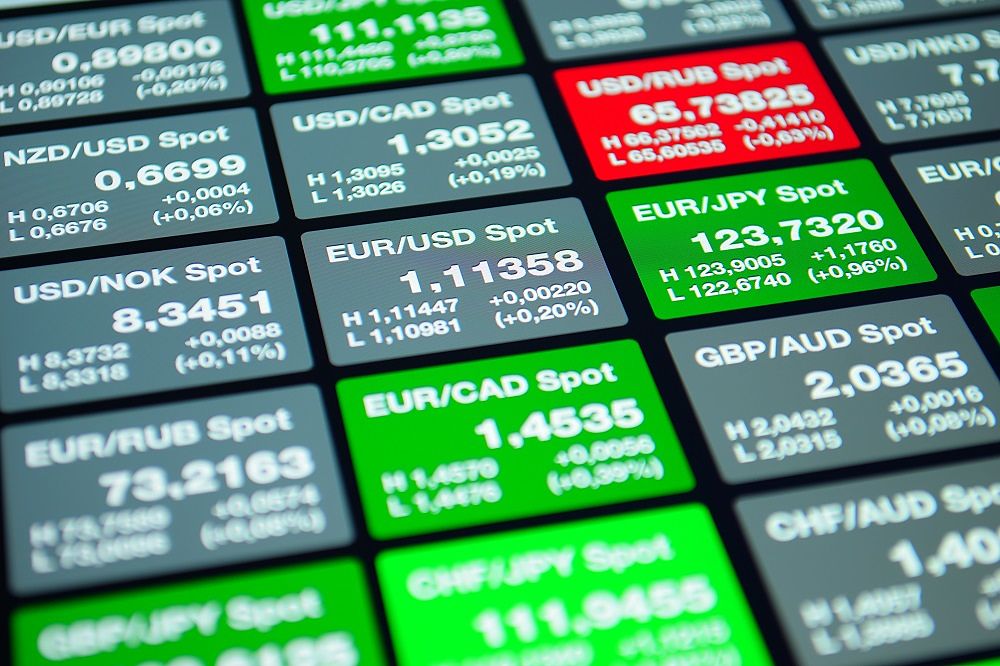
Blog

Introduction
In our last three posts, we discussed the basics of Forex Trading. At this stage, you might already be feeling like a Forex basics god. However, wait. We are not done. You also need to be fluent with the terminology associated with trade placement.
Here, you will find out.
To Long or To Short?
Forex is the buying and selling of currency pairs. Every Forex trader aims to buy a currency pair when the exchange rate is low and sell it when it is high. An advantage of Forex trading is that you can also sell a currency pair when the exchange rate is high and expect it to fall. When the market goes in the anticipated direction of the trader, he makes a gain. When it does not, he loses.
“Long” and “short” are the trader’s fancy terms for buying and selling respectively. So, henceforth, don’t look confused when you hear them. When you go long, you are buying. When you go short, you are selling. Let us take the EUR/USD pair as an example. The EUR is the base currency; the USD is the quote/counter currency. The base currency is so called because it is the “basis” for every Forex trade you take.
So, when you go long on the pair, you do so because you think the EUR will strengthen against the USD. Otherwise, when you go short on the pair, you do so because you think the EUR will weaken against it.
Lot Size
To understand Lot sizing, a comparison of Forex to stock is necessary. When you trade or invest in a stock, you buy shares in its company, shares which represent the proportion into which its ownership has been divided. Thus, you become eligible to returns based on the number of shares you own in relation to the outstanding shares. You can later sell those shares at will.
However, quantifying investments was not as easy in Forex as it is in stock. That was why the concept of lot size was introduced. You can make sense of this by imagining that when you buy the currency of a country, you are buying “shares” in its economy. And lot size is the specific number of currency units (“shares”) you buy or sell. It is important because as you will learn, it can impact your profitability in some ways.
There are four types of lot size to trade. The standard lot size is made up of 100,000 units of the base currency. The next is the mini lot size which has 10,000 units of the base currency. The micro lot size has 1,000 units while, finally, the nano lot size is just 100 units. Of course, the larger the lot size you trade, the more your potential for gains. Otherwise, you can use leverage to maximise your gains irrespective of the lot size you trade.
So, how exactly does lot size affect profitability? It does because the different lot sizes impact the value of a pip in different ways. In every pair where the USD is the quote currency, a change of 1 pip is approximately $10 on a standard lot-size account, $1 on a mini-lot size account, $0.10 on micro-lot, and a measly one penny on a nano lot.
Thus, because of its impact on both your gains and risks, you should always consider the lot size before you trade.
Order Types
Before you take your first trade, the order type is another concept you should really grasp. How do you instruct your broker about the nature of the trade you want to place? You do so with orders. Orders are instructions you give to your broker, and there are many types of them. But based on common use, we will focus on market order, limit / stop entry order, stop-loss order, and trailing stop.
A market order is exactly what its name suggests. It is a trade instruction that the broker must execute instantly at the best available price. That is, a market order is executed at your stipulated price, or the closest to it. This contrasts with a limit entry order, which instructs the broker to place the trade either below the market price if you are going Long or above if you are going Short. For example, imagine the EUR/USD at a current exchange rate of 1.1550 and you want to go short when the market price hits 1.1575, in this scenario you could use a Sell Limit order. Your broker will enter the market for you when the price hits it.
If you wanted to go Short at 1.1525, which is below the current price of 1.1550, you would then need to use a Sell Stop order. Your broker will enter the market for you at that price.
When opening a trade, you will also need to specify two order types, stop-loss and trailing stop, which are highly useful to your trading as they help to control risks while also locking in on gains.
Are you already curious to know about how they work? Wait for it. We will dedicate a whole section to them in our post about risk management. But for now, you are good with the basic market and limit/stop entry order types. To see all this in action subscribe to our membership plan here.